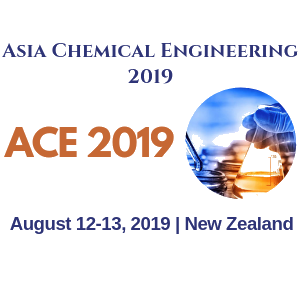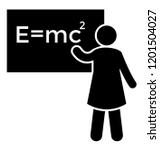New Approaches to Mass Transfer
In this session we deal with the mass transfer, mass transfer is the net movement of molecule from one location to another location, usually meant phase, stream, component, or fraction. Mass transfer occurs in many processes like absorption, adsorption, evaporation, distillation. Recent development in the field of mass transfer refers to new approaches to mass transfer.
Examples of mass transfer operations are the evaporation of water from the pond to atmosphere,
Distillation of alcohol, drying of cloths etc.
Evaporative condensing is a mass transfer phenomenon which decreases the heat rejection process using the cooling effect of evaporation. Bottom part of condensing temperature leads to the reduction in workload of the condenser and this helps in the improve of fuel efficiency. This type of condenser is used for condensing some substance from its gaseous state to liquid state and helps to boost its cooling effect.
Many different types of evaporative condenser are available to use according to its application across many different sectors from household sector to commercial sector. Large evaporative condensing units are generally used as large air conditioning units for commercial purposes and with the rising performance efficiency the market for evaporative condensing units are expected to achieve growing market demand during the forecasting algorithm.
The global market analysis for mass transfer equipment (freeze dryer) and related contract manufacturing organization (cmo) services was $15.9 billion in 2012. The composite revenues projected for 2013 are nearly $17.6 billion and $28.7 billion in 2018, a compound annual growth rate (cagr) of 10.4% between 2013 and 2018.
Related Conference of New Approaches to Mass Transfer
New Approaches to Mass Transfer Conference Speakers
Recommended Sessions
- Advanced Surface Chemistry
- Advances in Chemical Technology
- Agrochemicals
- Chemical Engineering Thermodynamics
- Chemical Process Safety and Hazards
- Current advances of Industrial Separation Techniques
- Development in Food Technology
- Heat Transfer Research Opportunities
- Hydrogen Production Research
- Major challenges of Chemical Reaction Engineering
- Major challenges of Nano Technology
- Modeling and Simulation
- New Approaches to Mass Transfer
- Petroleum and Petrochemicals research
- Recent development in Catalysis
- Reservoir Engineering
- Trends in Biochemical Engineering
- Water Science and Technology Advancement


